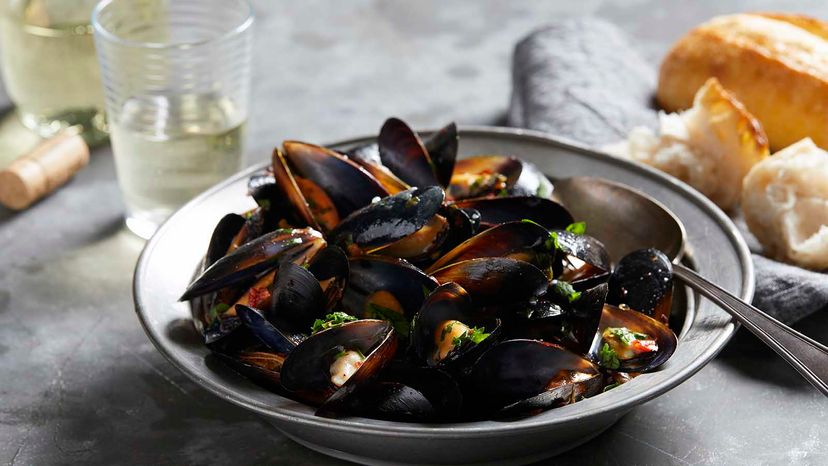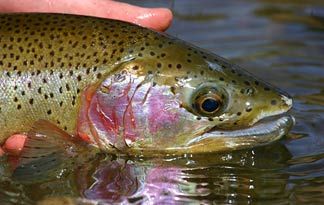
Fad diets have been part of the health and fitness industry for as long as, well there's been a health and fitness industry. But eating a pescatarian diet isn't one of them. As a pescatarian, you can eat as much fresh fruits and vegetables, whole grains, dairy and beans as you want. It's essentially a vegetarian diet — you're just adding fish and seafood and cutting out beef, poultry, lamb and pork.
This way of eating is not new. It's been popular for decades and is a way of life in places like the Mediterranean. But in the United States, it's becoming more popular. In 2018, global market and research firm Mintel found that 31 percent of Americans go meatless several days of the month, and 35 percent get most of their protein from foods other than red meat. But still, just 6 percent of North Americans consider themselves as vegetarian and less than 3 percent as vegan.
Advertisement
Perhaps they're really pescatarians and don't know it. I had no idea I was a pescatarian when I ditched meat 10 years ago. I had no clue there was a term for my new lifestyle. But I'm not alone. The Pescatarian Society (because, yes, this diet is established enough to have its own society) estimates there more than 1 billion of us in the world.
I decided to go pescatarian in 2009 after several failed attempts at becoming vegetarian and vegan. I just wanted to save the pigs I'd come to love through the movie "Babe," and so I ate extra tofu, plants, beans, nuts, fish and grains to adapt. More resources, including The Pescatarian Society, have helped me realize several important things to consider when becoming a pescatarian. Here are five I wish I'd known before I adopted my new dietary lifestyle.
Advertisement



